Colpitts Oscillator: Working and Applications
The electronic circuit that produces periodically oscillating electronic signal such as sine wave, square wave or any other wave is termed as Electronic Oscillator. Oscillators can be classified into different types generally based on their output frequency. Electronic oscillators can be termed as voltage controlled oscillators as their frequency of oscillations can be controlled by their input voltage. Foremost electronic voltage controlled oscillators can be considered as two types namely: Linear Oscillator and Nonlinear Oscillator.
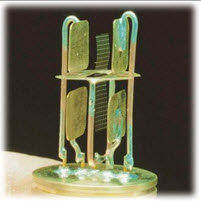
Nonlinear oscillators are used to produce non-sinusoidal output waveforms. Linear oscillators are used to produce sinusoidal output waveforms and are further classified into many types, such as Feed back oscillator, Negative resistance oscillator, Colpitts oscillator, Hartley oscillator, Armstrong oscillator, Phase shift oscillator, Clapp oscillator, Delay line oscillator, Pierce oscillator, Wien bridge oscillator, Robinson oscillator, and so on. In this particular article, we are discussing about one of the many types of linear oscillator circuits namely Colpitts Oscillator.
Colpitts Oscillator
Oscillator is an amplifier with the positive feedback and it converts DC input signal into AC output waveform with certain variable frequency drive and certain shape of output waveform (like sine wave or square wave, etc) by using the positive feedback instead of input signal. Oscillators which utilizes the inductor L and capacitor C in their circuit are called as LC oscillator which is a type of linear oscillator.
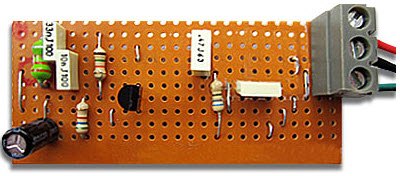
LC oscillators can be designed by using different methods. The well known LC oscillators are Hartley oscillator and Colpitts oscillator. Among these two, the frequently used design is Colpitts Oscillator designed by and named after an American Engineer Edwin H Colpitts in 1918.
Colpitts Oscillator Theory
It consists of a tank circuit which is an LC resonance sub circuit made of two series capacitors connected in parallel to an inductor and frequency of oscillations can be determined by using the values of these capacitors and inductor of the tank circuit.
This oscillator is almost similar to Hartley oscillator in all aspects; hence, it is termed as electrical dual of Hartley oscillator and is designed for the generation of high frequency sinusoidal oscillations with the radio frequencies typically ranging from 10 KHz to 300MHz. The major difference between these two oscillators is that it uses tapped capacitance, whereas the Hartley oscillator uses tapped inductance.
Colpitts Oscillator Circuit
Every other oscillator circuit which generates sinusoidal waveforms utilizes the LC resonant circuit except a few electronic circuits such RC oscillators, Wien-Robinson oscillator and a few crystal oscillators which don’t require additional inductances for this purpose.
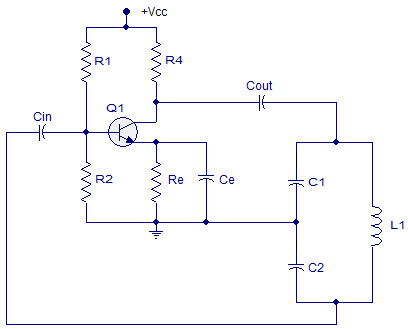
It can be realized by using gain device such as Bipolar Junction Transistor(BJT), operational amplifier and field effect transistor(FET) as similar in other LC oscillators also. The capacitors C1 & C2 forms potential divider and this tapped capacitance in the tank circuit can be used as the source for feedback and this setup can be used to provide better frequency stability compared to the Hartley oscillator in which tapped inductance is used for feedback setup.
Re resistor in the above circuit provides stabilization for circuit against variations in temperature. The capacitor Ce connected in the circuit which is parallel to the Re, provides low reactive path to the amplified AC signal acting as Bypass capacitor. The Resistors R1 and R2 form voltage divider for circuit and provides bias to the transistor. The circuit consists of a RC coupled amplifier with common emitter configuration transistor. The coupling capacitor Coutblocks DC by providing an AC path from the collector to the tank circuit.
Colpitts Oscillator Working
Whenever power supply is switched on, the capacitors C1 and C2 shown in the above circuit start charging and after the capacitors get fully charged, the capacitors starts discharging through the inductor L1 in the circuit causing damped harmonic oscillations in the tank circuit.

Thus, an AC voltage is produced across C1 & C2 by the oscillatory current in the tank circuit. While these capacitors get fully discharged, the electrostatic energy stored in the capacitors get transferred in the form of magnetic flux to the inductor and thus inductor gets charged.
Similarly, when the inductor starts discharging, the capacitors start charging again and this process of energy charging and discharging capacitors and inductor continues causing the generation of oscillations and the frequency of these oscillations can be determined by using the resonant frequency of the tank circuit consisting of inductor and capacitors. This tank circuit is considered as the energy reservoir or energy storage. This is because of frequent energy charging and discharging of the inductor, capacitors that part of LC network forming the tank circuit.
The continuous undamped oscillations can be obtained from the Barkhausen criterion. For sustained oscillations, the total phase shift must be 3600 or 00. In the above circuit as two capacitors C1 & C2 are center tapped and grounded, the voltage across capacitor C2 (feedback voltage) is 1800 with the voltage across capacitor C1 (output voltage). The common emitter transistor produces 1800 phase shift between the input and output voltage. Thus, from the Barkhausen criterion we can get undamped continuous oscillations.
The resonant frequency is given by
ƒr=1/(2П√(L1*C))
Where ƒr is the resonant frequency
C is the equivalent capacitance of series combination of C1 and C2 of the tank circuit
It is given as
C=(C1*C2)/((C1+C2))
L1 represents the self inductance of the coil.
Applications of Colpitts Oscillator
- It is used for generation of sinusoidal output signals with very high frequencies.
- The Colpitts oscillator using SAW device can be used as the different type of sensors such as temperature sensor. As the device used in this circuit is highly sensitive to perturbations, it senses directly from its surface.
- It is frequently used for the applications in which very wide range of frequencies are involved.
- Used for applications in which undamped and continuous oscillations are desired for functioning.
- This oscillator is preferred in situations where it is intended to withstand high and low temperatures frequently.
- The combination of this oscillator with some devices (instead of tank circuit) can be used to achieve great temperature stability and high frequency.
- It is used for the development of mobile and radio communications.
- It has many applications used for the commercial purposes.
Hence, this article discusses in brief about the Colpitts oscillator, theory, working and applications of Colpitts oscillator along with its tank circuit are used in free electronic project kits. For more information regarding the Colpitts oscillator, please post your queries by commenting below.
Photo Credits:
- Colpitts Oscillator Circuit by circuitstoday
- Tank Circuit with Capacitors and Inductors by makerf
- Electronic Oscillator by hswstatic
- Colpitts Oscillator by electronics

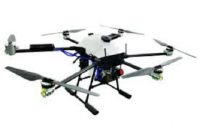


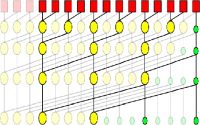
Comments are closed.